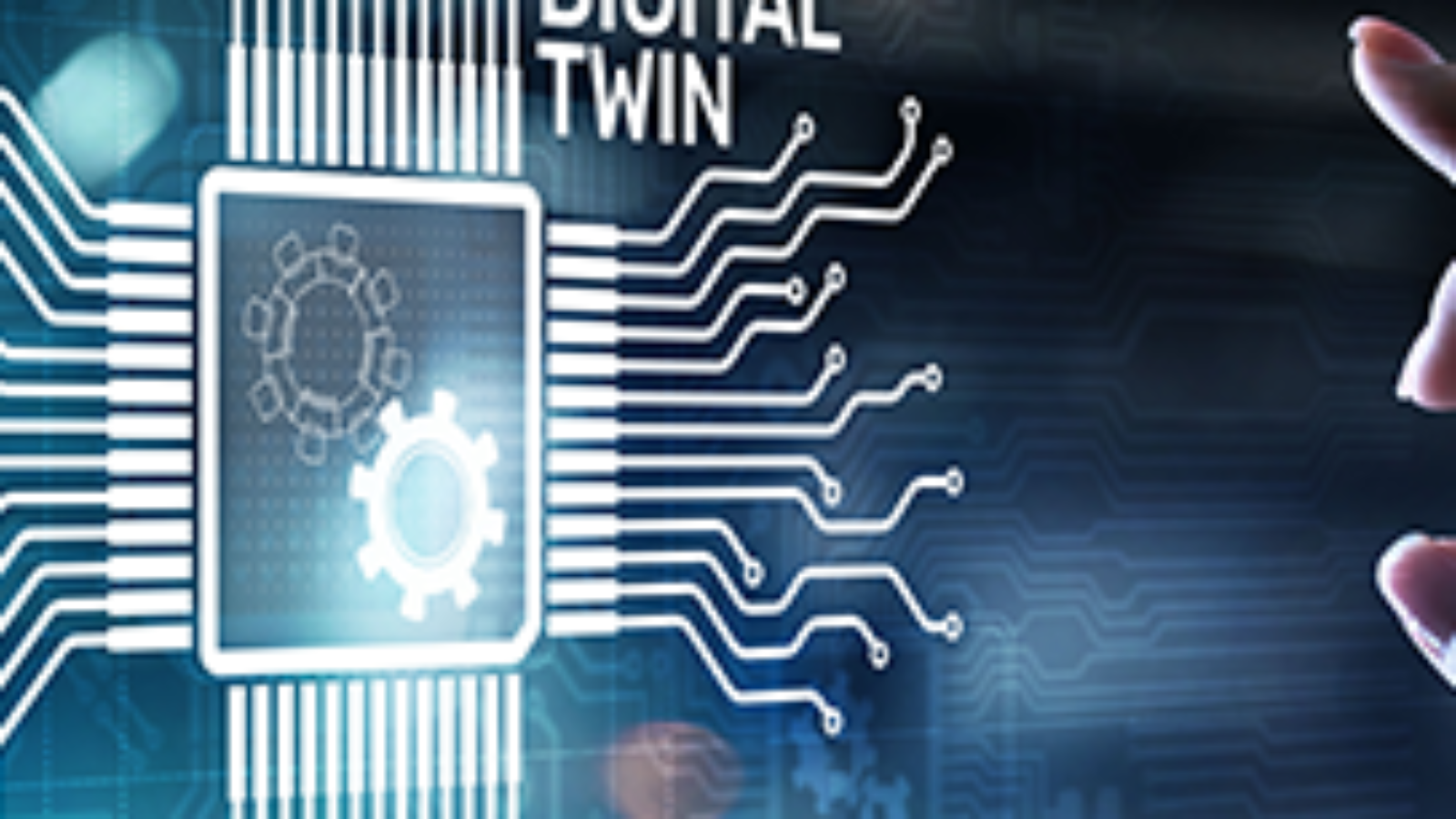The Digital Twin Consortium has refreshed the definitions of “digital twin” and “digital thread.”
These changes are intended to better represent the relationship between these terms and key digital engineering principles, the organization said earlier this month.
Dan Isaacs, general manager and chief technology officer of the DTC, said the updates “reflect the evolving landscape of digital engineering” and will help create “a common understanding that bridges multiple sectors and applications over the digital twin lifecycle.”
The new digital twin definition describes the technology as “an integrated data-driven virtual representation of real-world entities and processes, with synchronized interaction at a specified frequency and fidelity.”
According to David McKee, co-chair of the DTC Capabilities and Technology Working Group and lead author of the organization’s definition team, the updated digital twin definition is grounded in physics and “emphasizes synchronization and data, with a model-based approach tied to engineering technology.”
A digital thread is defined as “a bidirectional, dependable and trustworthy interconnected information system that links multiple dimensions, including structure, behavior, space, time and lifecycle stages.”
“Intrinsically linked to the digital twin, the refined digital thread definition highlights critical elements, including seamless, secure data flow across the product lifecycle and all organizations, silos and stakeholders,” McKee said.

These revisions were informed by the 2024 Foundational Research Gaps and Future Directions for Digital Twins report, which was published by the National Academies of Science, Engineering and Medicine earlier this year and draws attention to the mirroring capabilities and other attributes of digital twins.
Through the changes, DTC hopes to “foster greater understanding, more transparent communication for more effective collaboration and accelerated innovation and adoption throughout the digital twin ecosystem,” said Isaacs.
Digital twins are one capability the Defense Department is exploring as it modernizes to meet the demands of today’s shifting national security landscape. Hear experts discuss digital twins and other key technologies at the Potomac Officers Club’s 2025 Defense R&D Summit on Jan. 23, where public and private sector leaders will weigh in on the Pentagon’s top technology priorities. Access all the insights they have to offer at the 2025 Defense R&D Summit.


